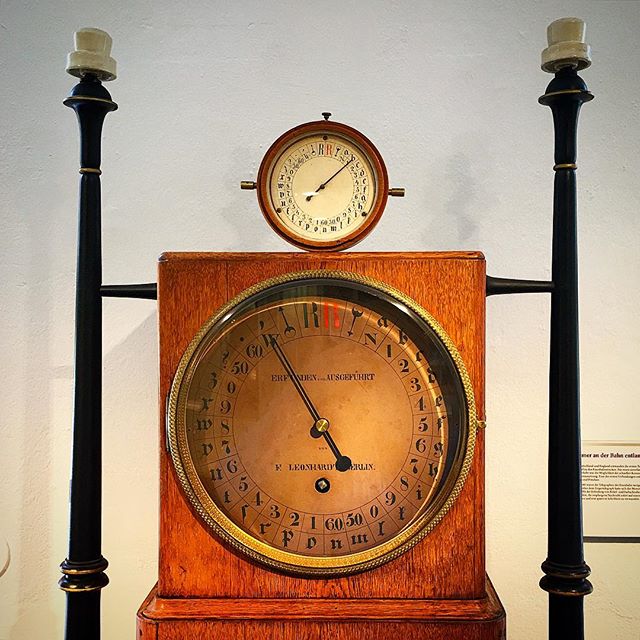Given that time can not be measured directly, one might suspect that it doesn't exist at all. An anti-time argument could almost work, too, except for the fact that this elusive entity provides a foundation for at least one basic law of physics, namely the second law of thermodynamics.
You may know the four laws of thermodynamics, the guide to how energy gets shuffled around this universe. These laws have been well-known for more than a century and rely pretty much entirely on Newtonian mechanics. The exception is the second law.
To put it bluntly (though not all that succinctly), the second law of thermodynamics states that all the energy--or heat--in a given system will always be the same regardless of any changes that have taken place within that system. It also states that the entropy, or order, within this system will inevitably increase over time.
In other words, things run down over time. Eggs break easily, but they do not spontaneously generate themselves out of egg fragments. Mathematician Roger Penrose, in his 2011 book, "Cycles of Time: An Extraordinary New View of the Universe," provides another example: pour some blue paint in a can of red paint. Mix them together and you will get purple. It would impossible, however, once the paint is mixed to get the red or the blue pigments back as separate colors.
Keep in mind, nothing inherent in the Newtonian prohibits the egg from being reassembled or the paint separated back into blue and red. All these Newtonian mechanisms work equally well in reverse. It is time that orders the move from order to disorder. This direction into chaos has been called Time's Arrow.
